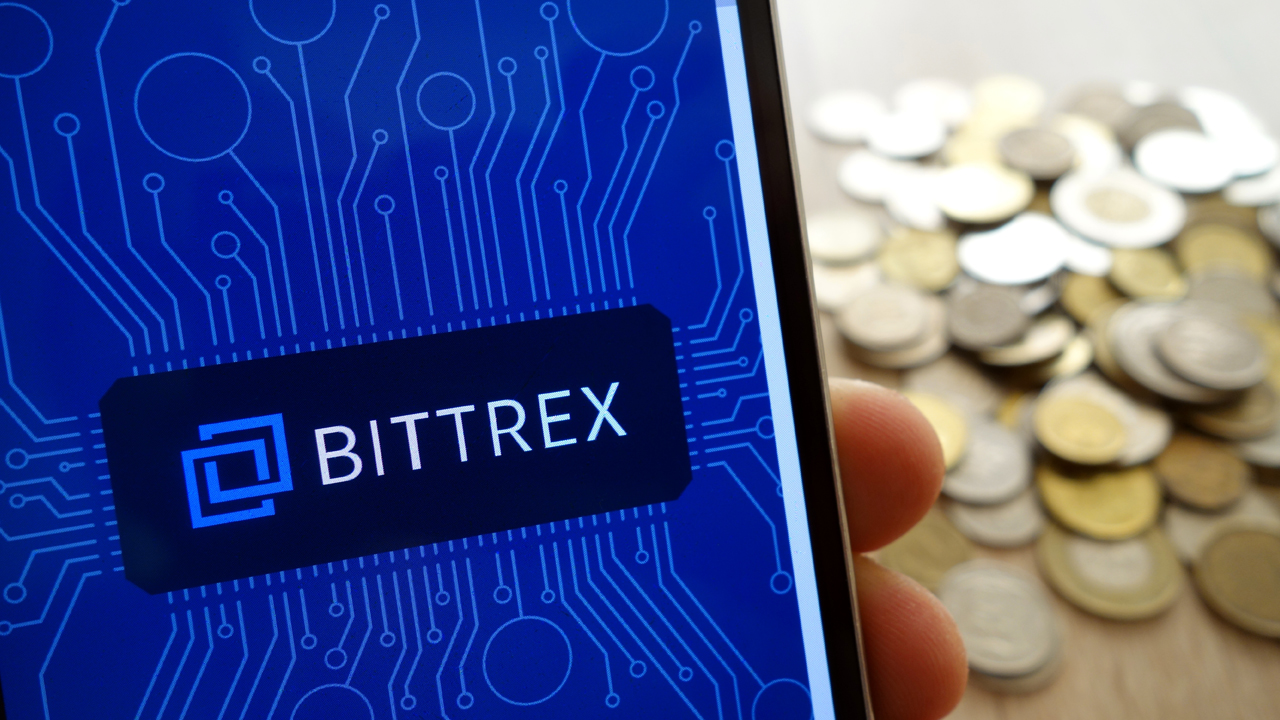Don’t let crypto burn? | Financial Times
What should be done about the crypto clown car accident? Should regulators step in and bring some basic oversight and impose clear rules on the industry, or just laugh, shrug and let it all burn?
Last week the IMF made its position clear (ish). Our emphasis below:
The effort to put in place effective guidelines for cryptoassets has become an important political priority for the authorities, amid the failure of various exchanges and other players in the cryptoecosystem, as well as the collapse of certain cryptoassets. Doing nothing is unsustainable as cryptoassets can continue to advance despite the current downturn.
This seems a bit strange. The IMF’s own executive board notes, in classic deadpan bureaucracy, “that while the supposed potential benefits from cryptoassets have yet to materialize, significant risks have emerged”. You don’t say.
Still, the marginally broader impact of the crypto cluster is quite remarkable. Aside from a few small banks jumping into crypto, the mainstream economic fallout has been mostly joy. It therefore seems like a stretch to call the arms-length crypto approach of all major financial regulators so far “unsustainable” – whether this approach is by design or paralysis.
Any attempt to introduce regulation can only give the place an official imprimatur. After all, there is a reason why so many libertarian crypto-brethren are now advocating the benefits of regulations and lobbying for more government involvement (FTX was a pioneer in this). And watchdogs aren’t exactly underemployed sniffing out misdeeds in honest-to-God real markets that actually matter, desperate for a whole new mess to get stuck into.
Still, it’s not like the IMF has suddenly found crypto-religion. CEO Kristalina Georgieva said at the weekend’s G20 shindig that cryptoassets are “nothing”, should not be accepted as legal tender and “if regulation fails, if you are slow to do it, we should not take banning these assets off the table , because they can create financial stability risk”.
Anyway, here are the high-level “elements” as the IMF’s paper (titled Elements of Effective Crypto Asset Policy) claims should underpin the regulatory approach:
1. Safeguard monetary sovereignty and stability by strengthening monetary policy frameworks and not giving crypto assets the status of official currency or legal tender.
2. Protect against excessive volatility in capital flows and maintain the effectiveness of capital flow management measures.
3. Analyze and disclose tax risks and adopt unambiguous tax treatment of crypto assets.
4. Establish legal certainty for crypto assets and address legal risks.
5. Develop and enforce supervisory, conduct and oversight requirements for all crypto market participants.
6. Establish a common monitoring framework across different national agencies and authorities.
7. Establish international cooperative arrangements to improve oversight and enforcement of crypto-asset regulations.
8. Monitor the impact of cryptoassets on the stability of the international monetary system.
9. Strengthen global cooperation to develop digital infrastructures and alternative solutions for cross-border payments and finance.
You can read the entire newspaper here (PDF).


